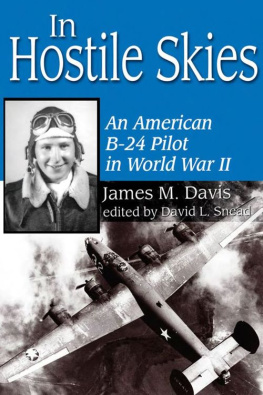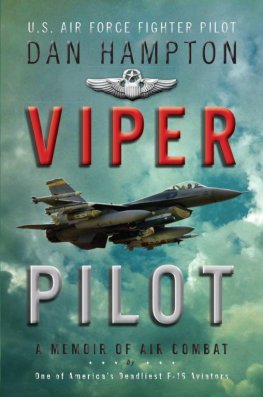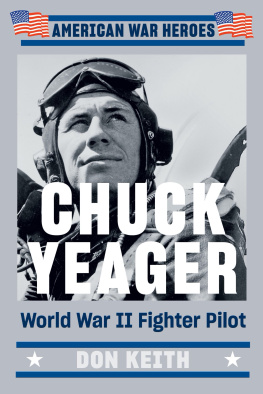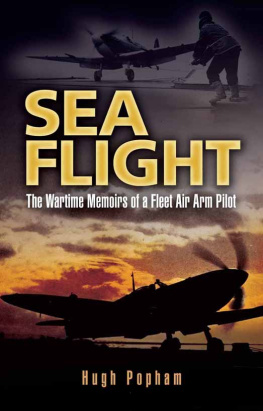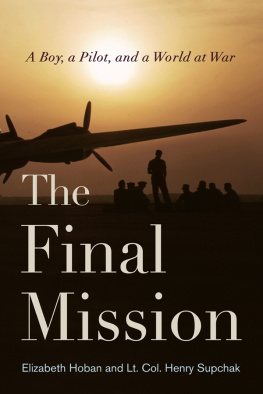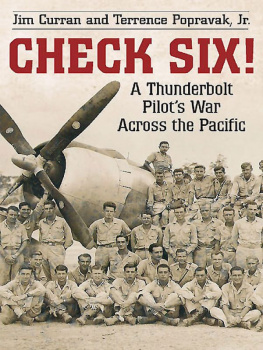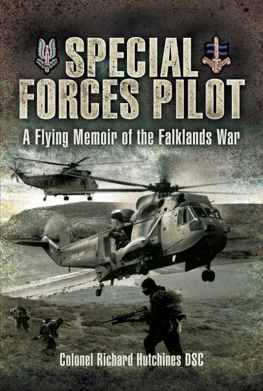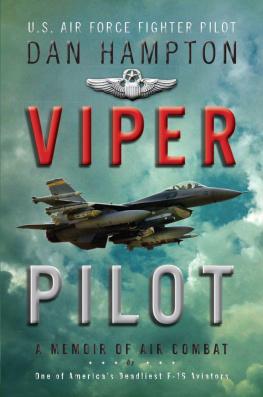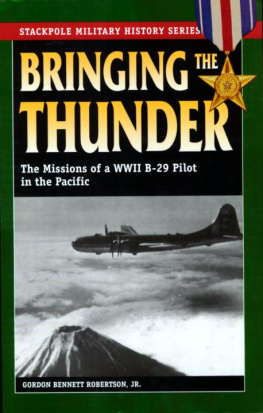IN HOSTILE SKIES
North Texas Military Biography and Memoir Series
Ronald E. Marcello, series editor
In Hostile Skies
An American B-24 Pilot in World War II
James M. Davis
Edited by David L. Snead
Number 3 in the North Texas Military Biography and Memoir Series
University of North Texas Press
Denton, Texas
2006 James M. Davis and David L. Snead
All rights reserved.
Printed in the United States of America.
10 9 8 7 6 5 4 3 2 1
Permissions:
University of North Texas Press
P.O. Box 311336
Denton, TX 76203-1336
Library of Congress Cataloging-in-Publication Data
Davis, James M., 1921
In hostile skies : an American B-24 pilot in World War II / James M. Davis ; Edited by David L. Snead.
p. cm. -- (North Texas military biography and memoir series ; no. 3)
Includes bibliographical references and index.
ISBN-13: 978-1-57441-209-3 (cloth : alk. paper)
ISBN-10: 1-57441-209-4 (cloth : alk. paper)
ISBN-13: 978-1-57441-396-0 (e-book)
1. Davis, James M., 1921-2. World War, 1939-1945--Aerial operations, American. 3. World War, 1939-1945--Personal narratives, American. 4. United States. Army Air Forces--Biography. 5. B-24 bomber. 6. Bomber pilots--United States--Biography. I. Snead, David L. (David Lindsey) II. Title. III. Series.
D790.2.D38 2006
940.544973092--dc22
2005033926
In Hostile Skies: An American B-24 Pilot in World War II is Number 3 in the North Texas Military Biography and Memoir Series.
This electronic book made possible by the support of the Vick Family Foundation.
For Jean
Contents
Preface
In the spring of 2002 I was an assistant professor of history at Texas Tech University, where I taught a variety of courses in modern U.S. military and diplomatic history. One day a visitor, Jay Wischkaemper, stopped by my door and asked if he could talk to me. It seemed a little strange since Jay had never been in any of my classes and was older than most of my students. It turns out that Jay is a financial adviser and had been working with one of my close colleagues, Jorge Iber. Jay mentioned to Jorge that he had stumbled across a World War II memoir of a U.S. B-24 bomber pilot and wondered if he knew of anyone who could evaluate it for possible publication. Jorge sent him to my office, and a new adventure was added to my life.
Jay quickly explained that James Jim Davis, who lives in Midland, Texas, had written the memoir to describe his experiences flying with the Eighth Air Force in World War II. By coincidence, Jay and Jim both had season tickets for the Texas Tech Lady Raiders basketball games and had seats next to each other. After striking up some general conversations, Jim mentioned that he had flown a B-24 in the war. Jay, being an airplane buff, was enthralled. Eventually, Jim mentioned his memoir, and Jay asked if he could read it.
When Jay told me about the memoir, I was immediately intrigued. I was most interested in reading a veterans story that with few exceptions was unknown. As a historian, there are few greater loves than reading a newly discovered primary source. I did not hold out much hope that it was publishable since there have been numerous memoirs of the war written, but I very much looked forward to reading it. To my surprise, I found the memoir not only valuable as a primary source but also worthy of publication.
Jims memoir reflects more than sixty years of contemplation and reflection. He had considered writing one on several occasions after the war but found little time to do so. It was only after he retired in the mid-1980s that he finally sat down and pondered his experiences. He proved to have a sharp mind for detail and was ablewith his personal records from the warto recall and record his vivid memories. While it needed some editing, I really believed that anybody interested in the American military history of World War II would find it fascinating.
Due to other projects, I could not devote much time to editing the memoir for about a year, but I remained very excited about its possibilities. I contacted Jim and made arrangements to meet him in October 2002. We had a wonderful time getting to know each other, and I came away from the meeting even more excited and determined to get the memoir published. I found Jim to be one of the kindest and gentlest men that I have ever met. We agreed that as soon as I could, I would start editing the memoir and then seek a publisher.
I wanted to do a couple of things with the memoir. While it needed some editing of punctuation and grammar, it mainly required cutting and streamlining the prose. At times Jim provided too much detail, while at others not enough. I made it my goal to keep as much of Jims writing as possible and to let him tell the story. Whenever I needed more information, he was quite forthcoming and made the process move smoothly. Beyond the editing and streamlining, I also added notes that would provide other sources verifying his memories, as well as extra explanations when needed. I had found in other memoirs a lack of explanatory material or sources verifying the accuracy of the writers memories. As a historian, I always found this quite disturbing and especially problematic when trying to teach undergraduate students the importance of providing evidence to support their arguments. As compelling as I found Jims narrative, I knew the addition of explanatory information and sources would make his memoir more powerful and useful.
I relied on several different sources to obtain the explanatory material. Several published primary and secondary sources proved invaluable. The most important of these are William Carigans Ad Lib: Flying the B-24 Liberator in World War II, Wesley Frank Craven and James Lea Cates multivolume The Army Air Forces in World War II, Roger A. Freemans B-24 Liberator at War, and Charles H. Freudenthals A History of the 489th Bomber Group (see bibliography). Additionally, I examined the records of the Army Air Forces at the National Archives of the United States that are related to Jims bomber group and the Eighth Air Force. I was able to confirm all but one of the missions that Jim flew using these sources.
Jims memoir raises the age-old question of why do some men survive war, while others die? This question is truly unanswerable, yet clearly there are definable factors that provide some explanation. Natural skill, training, determination, and bravery are obviously important. Teamwork and the quality of equipment are often equally significant, especially when flying a bomber over hostile territory. Without question, Jim possessed a great deal of skill, determination, and bravery. Furthermore, while the Air Forces training regimen was not perfect, it was quite good. Jim received almost a year and a half of training before he was sent into combat. Finally, Jim never fails in his conversations with me to commend his crew and mention the B-24s strengths. The young men who served on Jims plane carried out their duties with aplomb. Beyond a rather humorous incident where several of his men snuck a few young ladies onboard during a training mission, Jim does not remember any problems. The B-24 was not the prettiest or most comfortable airplane in the war, but it proved to be very dependable, capable of delivering a large bombing load, and able to take a lot of punishment.
Unfortunately, however, many servicemen did not survive, even though they shared the same traits as Jim, worked effectively with the men around them, and used good equipment. Neither Jim nor I have an adequate answer for why this is the case. Some assign the choice of life or death to simple fortune. If this is the answer, then Jim was truly lucky on many occasions. Others believe some divine force determines who will live or die. Jim falls more into this category. While he does not discount fortune, he considers himself to have been blessed with a great crew, a strong plane, and dedicated support personnel ranging from his flight instructors to the ground crews to the fighter escorts. Whether it was blessing, fortune, or, as is more likely, a combination of factors that led to Jims survival, his story should resonate with all of those fortunate enough to hear it.
Next page
